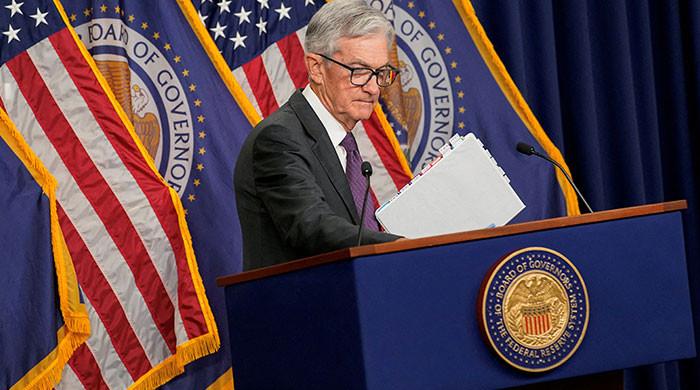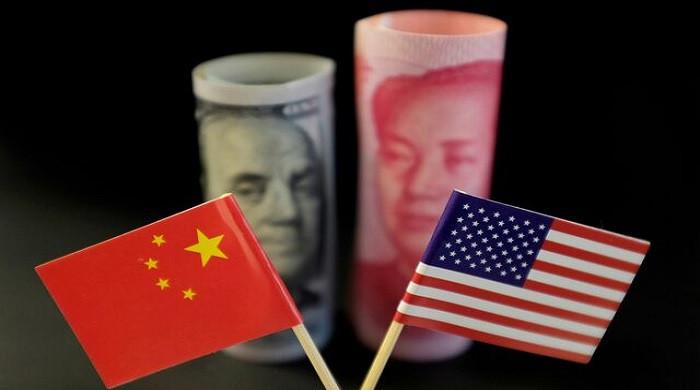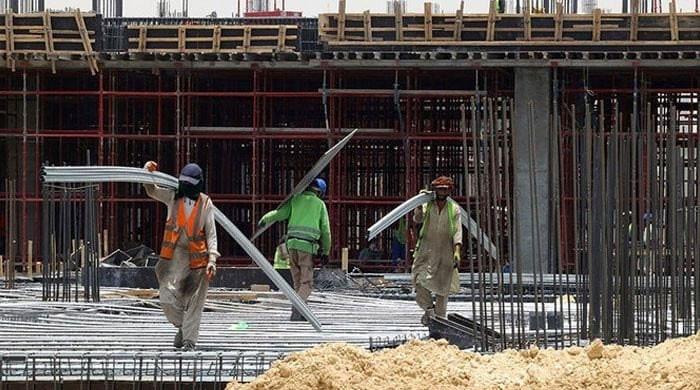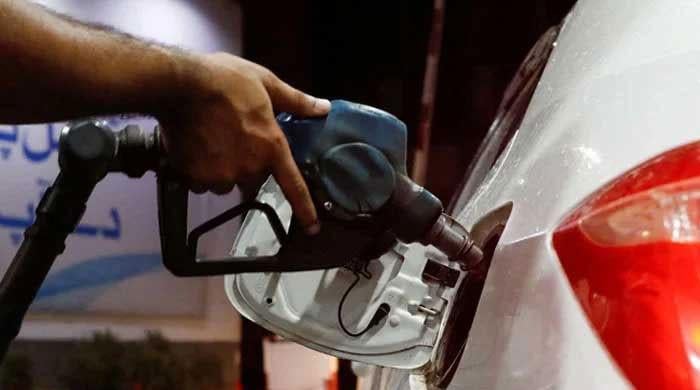Circular debt over thirteen years led to Rs4,802bn in losses: report
Nine member committee headed former SECP chief submits report to premier
April 18, 2020
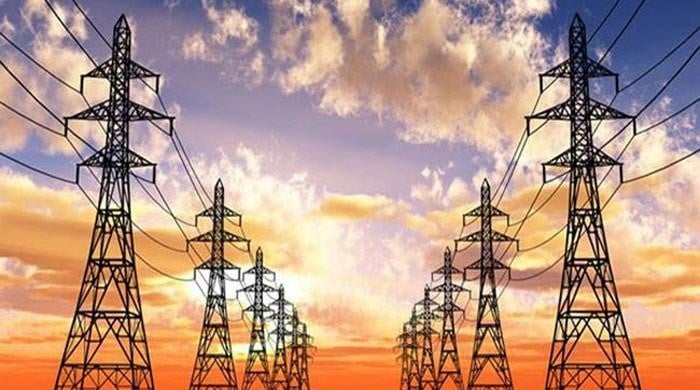
ISLAMABAD: The menace of circular debt has already led the country to a total loss of Rs4,802 billion during the last 13 years because of the power sector’s inefficiencies, which also caused an annual loss of Rs370 billion, The News reported on Saturday.
The figures were revealed in a report of a nine-member committee designated to the power sector audit, circular debt and recommending ways forward. The committee was headed by ex-chairman SECP and the report was submitted to the prime minister.
The report was based on five main sections, including i) review of private power producers (IIPs); ii) circular debt distribution inefficiencies, iii) future roadmap towards a competitive market structure; iv) implementation plan, and v) IPP wise reports.
Also read: Finance ministry releases Rs53 billion to ease off circular debt
Transmission, distribution losses proving costly
The nine-member committee also worked out the losses, elaborating that the system was facing annual loss of Rs120 billion per annum because of inefficiency of recovery mechanism. It said for every 100 units that were purchased by the National Transmission & Despatch Company, (NTDC) during the FY-2019, around three units were lost during the transmission, while 17 units were lost during the transmission and distribution (T&D) due to inefficiencies.
It means that at the T&D level, only around 80 units are actually provided to consumers, and at the billing level, the system is further burdened with 9% loss under inefficient recovery mechanism, while NEPRA allows 15 units to DISCOs that become part of the tariff.
The report also identified some three broad categories leading to circular debt as i) high cost of generation, ii) transmission and distribution efficiencies and iii) regulatory and fiscal inefficiencies. Within each category various sub categories were indicated.
Also read: Cabinet to try to resolve differences between Power Division and NEPRA
These included references to cost of generation caused by snowballing capacity payments; ii) net hydel profits; iii) transmission constraints, iv) minimum plant factors and government owned LNG plants; V) gas price anomalies, and VI) financing cost of circular debt.
Rupee depreciation exacerbates generation cost
The report also highlighted that the cost of generation was exacerbated by rupee depreciation, high dependence on expensive oil in the past, and charging less than the cost. It said between 2005 to 2010, the cost of generation in the country increased by 148% and average tariff by 33% on account of increased international oil prices, higher share of furnace oil in electricity generation and rupee depreciation.
However, the circular debt started to emerge late 2000s, and the successive governments relied on heavy budgetary support and quasi-fiscal financing to eliminate it, however, the measures addressed the symptoms not the root causes.
The cumulative budgetary support to the power sector amounted to Rs3,202 billion during the fiscal years of 2007 to 2019 comprising; i) Rs2,860 billion as budgetary subsidies and ii) Rs342 billion as other liquidity injection, the report said.
Yet, the circular debt stock continued to grow and increased by Rs465 billion in 2019 to around Rs1,600 billion, leading to total financial loss to the country of Rs4,802 billion during the past 13 years causing annual loss of around Rs370 billion due to the power sector inefficiencies.
Also read: Hafeez Shaikh says bad days gone, Pakistan moving towards economic stability
The committee further recommended, “This is alarming because with public indebtedness (public debt/GDP) increased up to 85 per cent in FY2019 from 52 per cent of FY2007 owing to which the government’s ability to provide support to the sector is now severely constrained.”
The report also suggested to the government to introduce additional petroleum levy on POL products to meet the cost of circular debt and by taking the benefit of lower international oil prices with aggregate annual consumption of 20 billion litres of petrol and diesel, Rs5 per litre excess charge could generate Rs100 billion additional revenue per year.
Originally published in The News




